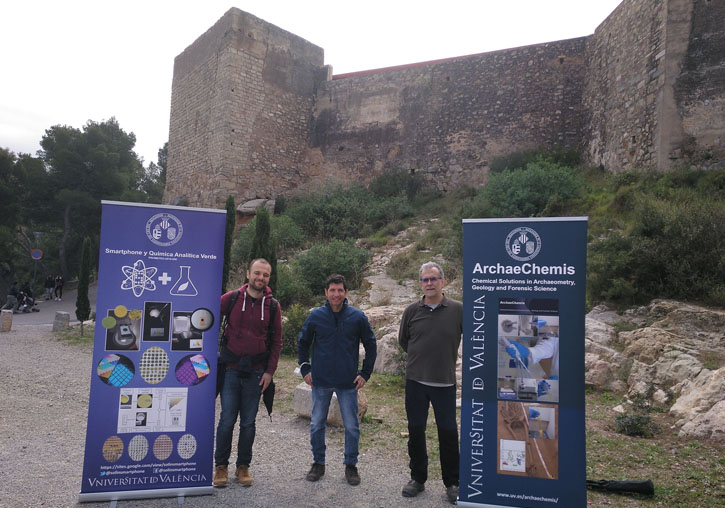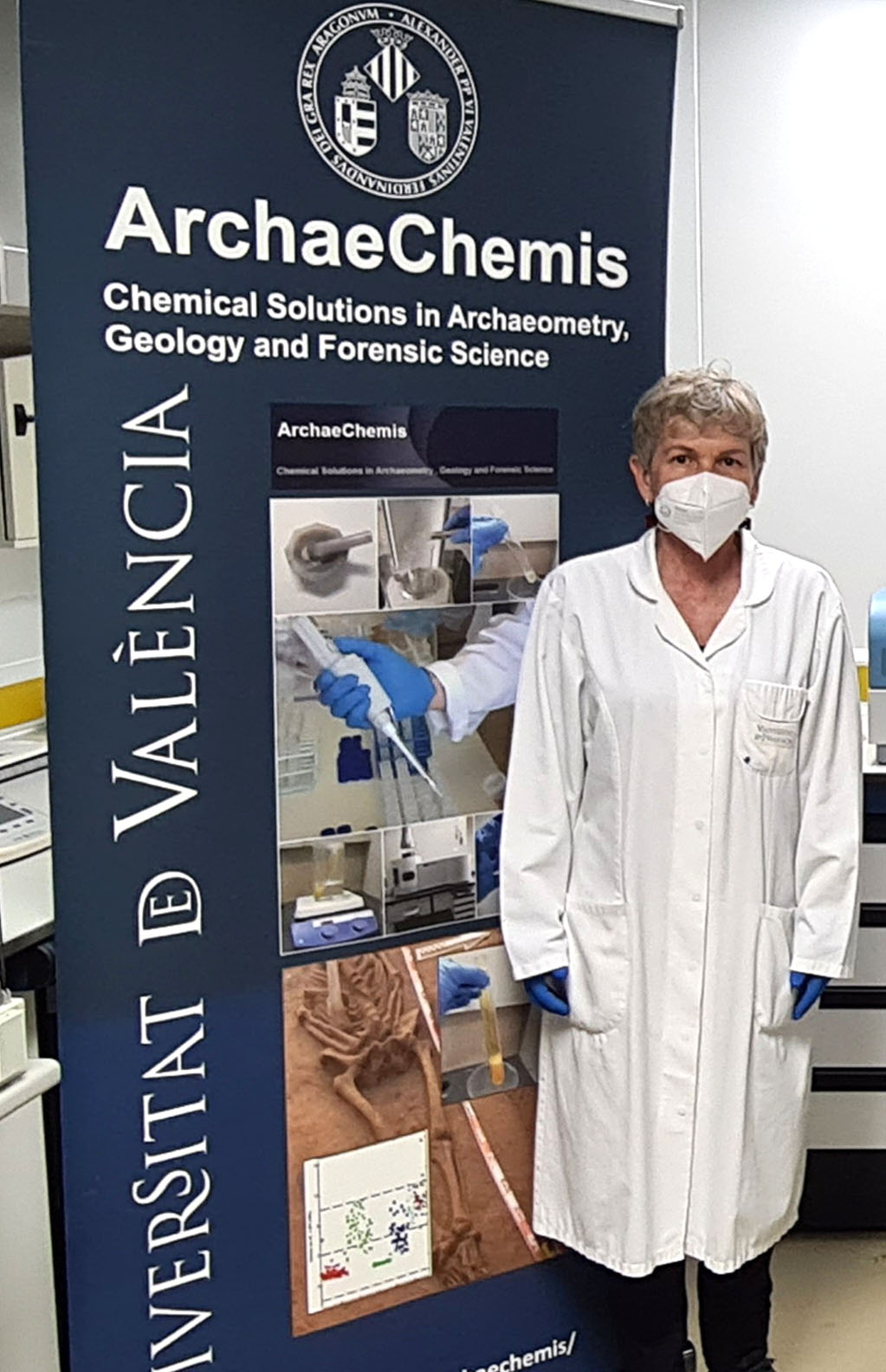A study led by María Luisa Cervera, Full Professor of Analytical Chemistry at the University of Valencia (UV), concludes that smartphones are a potential tool for comparing archaeological samples. The work has been developed through the ArchaeChemis Research Unit of the institution, in which Gianni Gallello, a researcher from the Department of Prehistory, Archaeology and Ancient History, collaborates, and for the first time the smartphone is considered as a key tool to study vestiges from the past.

This research, published in the Journal of Archaeological Science: Reports, shows the chemical, mineralogical and colorimetric results of the ancient mortars from the Silla tower (Valencia) and the Fuengirola castle (Málaga). The originality of the study lies in the function acquired by smartphones, in which, through photographs, they help to understand the construction phases of buildings.
One of the project’s objectives is to promote the creation of a mobile application to show the differences between construction materials. “From the image processing and the chemical analysis carried out, the app will be developed”, explains Gallello. The researcher adds that the application is a market issue that favours “a faster and easier working method for users who are not specialists in archaeology, with low costs”.
The publication directed by Cervera confirms that mobile phones are tools with the ability to recognise types of paint, what materials make up the walls and their origin. Thus, the technologies would work with a screening technique in which the analysis is still not as precise as in spectrometry or X-rays, traditional tools used in archaeology. The simplicity and speed of working with mobile phones, compared to the large amount of information that can be obtained, provide new technologies with a series of benefits: lower costs, greater sustainability and availability as well as a lower degree of pollution, among others.
Pocket technology is exposed as a new way of working in order to differentiate the composition of construction mortars. In a traditional field, such as archaeology, the use of new technologies requires a series of changes in the sector. For example, the photographs must meet lighting and colour criteria to compare some materials with respect to others to be analysed.
On the other hand, colourimetry techniques bring more nuances to the study because they allow us to appreciate differences that are imperceptible to the human eye. The publication confirms that smartphones have enough potential for colour characterisation through images. In this way, they are exposed as a cheap, simple and fast method to carry out a chronological classification of ancient mortars, especially with powder samples, which can be an advance for future more invasive investigations.
Study Structures
The samples that have been the object of the study were extracted from the Silla tower (Valencia) and the Fuengirola castle (Málaga). To do this, they used analytical techniques such as optical microscopy (using a beam of light, to determine the composition of biological samples), thermogravimetry (measuring the variation in the mass of a sample when said sample is subjected to changes in temperature in a controlled environment) and X-ray energy dispersion (use of X-rays on the sample), among others.
Silla’s Islamic tower is a structure built in the eleventh century on the basis of Roman ashlars with the aim of defending the city of Valencia. In addition to serving as a refuge, another of its functions was to defend the population from enemy attacks. After participating in conflicts such as the War of Castile (1356-1375), it ceased its defensive functions in the nineteenth century. It is currently part of the municipal district integration plan for the creation of a citizen forum.
The Sohail castle in Fuengirola was built by the Muslims in the eleventh century in order to control the coast. It underwent numerous reforms between the sixteenth and eighteenth centuries after being occupied by the Christians in 1485. Among them, the tower was demolished and several sections of the wall were enlarged to house the artillery. At the end of the nineteenth century it became a police station and currently serves as an auditorium.
Article: Mirco Ramacciotti et al. «Smartphone application for ancient mortars identification developed by a multi-analytical approach». Journal of Archaeological Science: Reports Volume 43, June 2022, 103433. DOI: https://doi.org/10.1016/j.jasrep.2022.103433
Annex photo caption:
- María Luisa Cervera, Full Professor of Analytical Chemistry of the University of Valencia.
Images:














